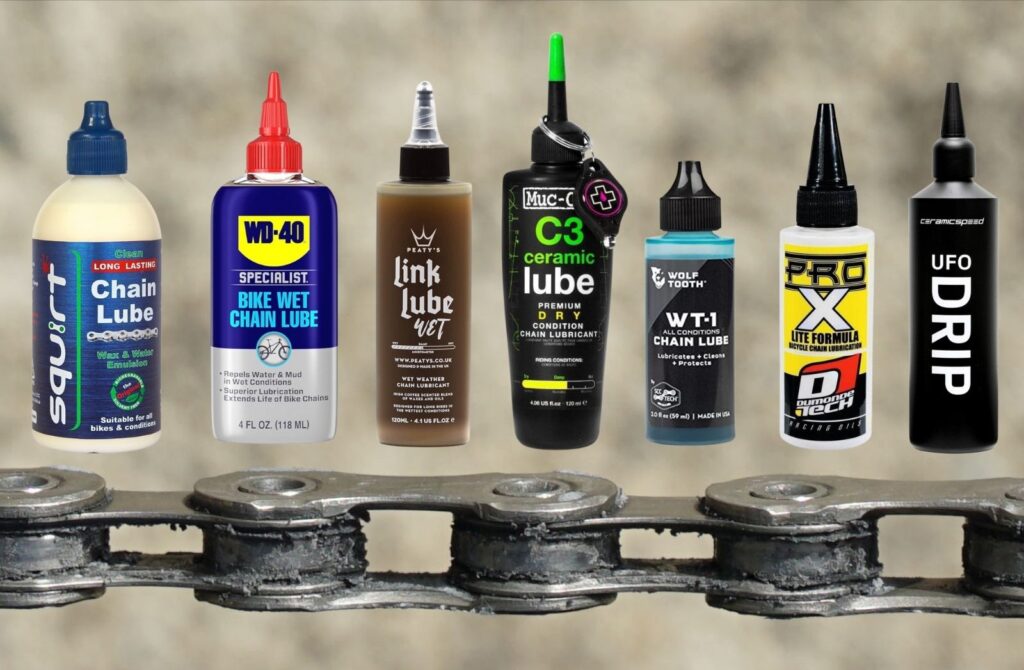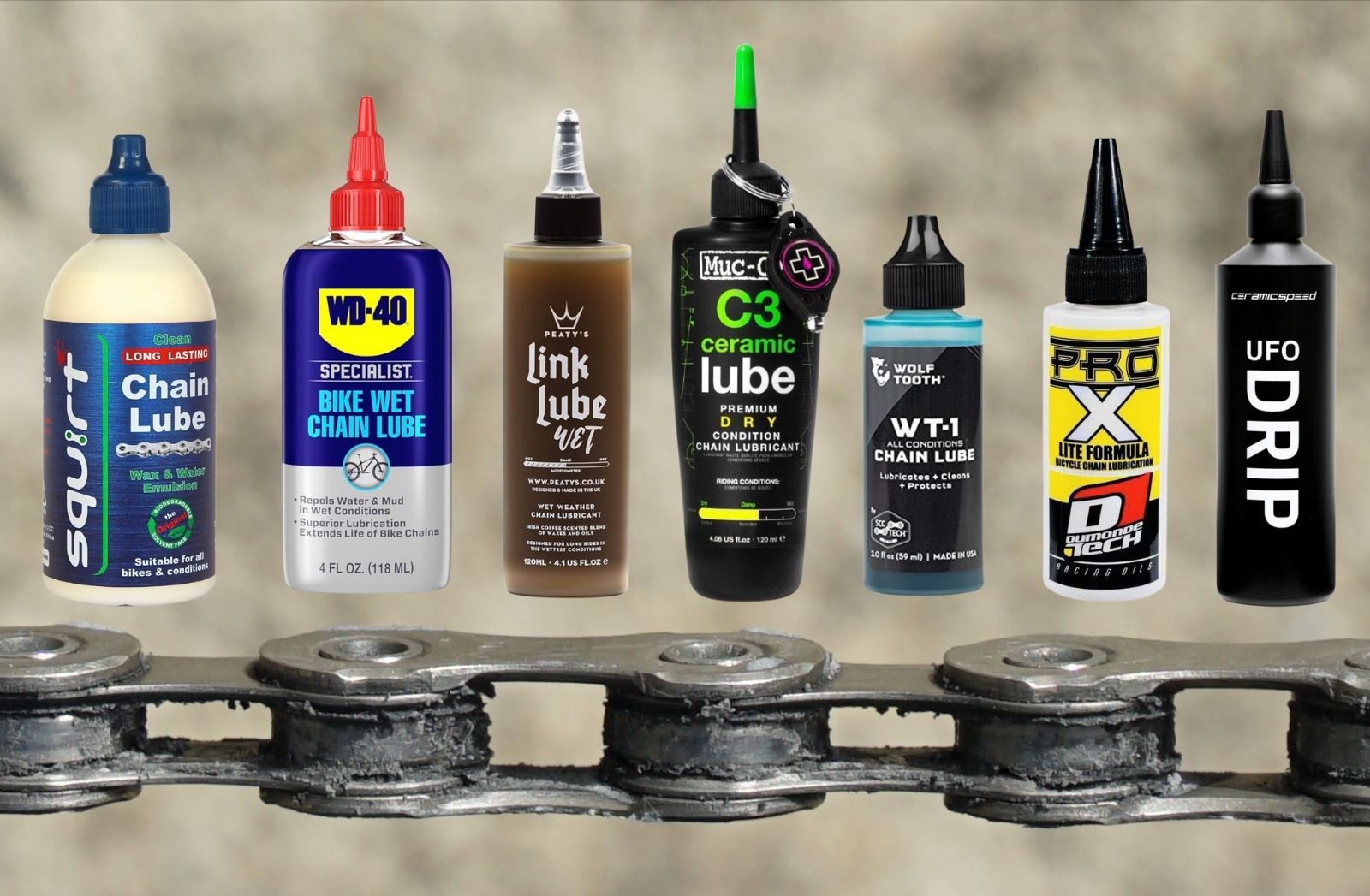
The Definitive Guide to the Best Oil for Your Bicycle Chain
Maintaining your bicycle chain is crucial for smooth rides, efficient power transfer, and extending the lifespan of your drivetrain. A key element of this maintenance is lubrication, and choosing the best oil for your bicycle chain can make all the difference. This guide will delve into the various types of chain oils available, their pros and cons, and how to select the right one for your riding style and conditions.
Why Chain Lubrication Matters
Before diving into specific oil types, it’s important to understand why lubricating your bicycle chain is so vital. Friction is the enemy of any mechanical system, and a bicycle chain is no exception. Without proper lubrication, the chain’s rollers and pins grind against each other, leading to:
- Increased wear and tear, shortening the chain’s lifespan.
- Reduced pedaling efficiency, making your rides harder.
- Noisy operation, with annoying squeaks and creaks.
- Corrosion, especially in wet or humid conditions.
Applying the best oil for your bicycle chain minimizes friction, protects against wear, and keeps your drivetrain running smoothly and quietly. Regular lubrication is a simple yet effective way to ensure your bike performs at its best.
Types of Bicycle Chain Lubricants
The market offers a wide range of bicycle chain lubricants, each with its own unique properties and applications. These lubricants can be broadly categorized into wet lubes, dry lubes, and wax-based lubes.
Wet Lubes
Wet lubes are designed for wet, muddy, and challenging conditions. They are typically thicker and more persistent than dry lubes, providing excellent water resistance and long-lasting lubrication. This makes them ideal for cyclists who frequently ride in rainy or off-road environments. However, wet lubes tend to attract dirt and grime, which can accelerate wear if not cleaned regularly.
Pros:
- Excellent water resistance.
- Long-lasting lubrication.
- Suitable for wet and muddy conditions.
Cons:
- Attracts dirt and grime.
- Requires more frequent cleaning.
- Can be messy.
Dry Lubes
Dry lubes are formulated for dry, dusty, and clean conditions. They typically contain Teflon or other dry lubricants that create a thin, protective film on the chain. Dry lubes are less likely to attract dirt than wet lubes, making them a good choice for cyclists who ride primarily on paved roads in dry climates. However, dry lubes are not as water-resistant as wet lubes and may need to be reapplied more frequently.
Pros:
- Attracts less dirt and grime.
- Suitable for dry and clean conditions.
- Easy to apply.
Cons:
- Less water-resistant.
- Requires more frequent reapplication.
- Not ideal for wet or muddy conditions.
Wax-Based Lubes
Wax-based lubes are a relatively newer type of chain lubricant that combines the benefits of both wet and dry lubes. They typically consist of a paraffin or synthetic wax suspended in a solvent. When applied, the solvent evaporates, leaving behind a dry, waxy coating on the chain. Wax-based lubes are clean, long-lasting, and offer good water resistance. However, they can be more expensive than traditional wet or dry lubes and may require more thorough chain cleaning before initial application.
Pros:
- Clean and long-lasting.
- Good water resistance.
- Attracts minimal dirt.
Cons:
- More expensive.
- Requires thorough chain cleaning before initial application.
- Can be more difficult to apply evenly.
Factors to Consider When Choosing Chain Oil
Selecting the best oil for your bicycle chain involves considering several factors, including:
- Riding Conditions: Are you riding in wet, dry, or mixed conditions?
- Riding Frequency: How often do you ride?
- Terrain: Are you riding on paved roads, gravel, or off-road trails?
- Maintenance Habits: How often do you clean and lubricate your chain?
If you primarily ride in wet or muddy conditions, a wet lube is likely the best choice. If you ride in dry and clean conditions, a dry lube may be more suitable. For riders who want a balance of cleanliness, longevity, and water resistance, a wax-based lube can be a good option. Ultimately, the best oil for your bicycle chain is the one that best suits your individual needs and riding style.
Application Techniques for Bicycle Chain Oil
Proper application of chain oil is just as important as choosing the right type. Here’s a step-by-step guide:
- Clean the chain: Before applying any lubricant, thoroughly clean your chain to remove dirt, grime, and old oil. Use a chain cleaner or degreaser and a brush to scrub the chain clean. Rinse with water and dry completely.
- Apply the oil: Apply a small amount of oil to each link of the chain, focusing on the rollers. Avoid applying too much oil, as this can attract dirt and grime.
- Wipe off excess oil: After applying the oil, use a clean rag to wipe off any excess oil from the chain. This will help prevent dirt from sticking to the chain.
- Let the oil penetrate: Allow the oil to penetrate the chain for a few minutes before riding.
Regular cleaning and lubrication are essential for maintaining the health and performance of your bicycle chain. Aim to clean and lubricate your chain every 100-200 miles, or more frequently if you ride in wet or dirty conditions.
Top Recommendations for Bicycle Chain Oil
While the best oil for your bicycle chain depends on individual preferences and riding conditions, here are a few top-rated options:
- For Wet Conditions: Dumonde Tech Original Chain Lube
- For Dry Conditions: Finish Line Dry Teflon Bicycle Chain Lube
- For All Conditions: Squirt Long Lasting Chain Lube (Wax-Based)
These are just a few examples, and many other excellent chain lubricants are available on the market. Read reviews, compare features, and experiment to find the best oil for your bicycle chain.
Beyond Oil: Other Chain Maintenance Tips
Choosing the right best oil for your bicycle chain is just one aspect of chain maintenance. Consider the following tips for optimal chain health:
- Regular Cleaning: Clean your chain regularly, even if you’re using a dry lube.
- Chain Wear Indicators: Use a chain wear indicator to monitor chain stretch and replace the chain before it damages your cassette and chainrings.
- Proper Chain Installation: Ensure your chain is properly installed and sized correctly.
- Check Chain Tension: Maintain proper chain tension to prevent premature wear.
By following these tips, you can extend the life of your chain and enjoy smoother, more efficient rides. Remember, a well-maintained chain is a happy chain!
The Future of Chain Lubrication
The bicycle chain lubrication industry is constantly evolving, with new technologies and formulations emerging regularly. Researchers are exploring advanced materials and coatings to create even more durable, efficient, and environmentally friendly lubricants. Keep an eye out for innovations in wax-based lubes, ceramic coatings, and biodegradable formulas. The quest for the best oil for your bicycle chain is an ongoing journey.
Conclusion: Choosing the Best Oil for Your Ride
Selecting the best oil for your bicycle chain is a crucial step in maintaining your bike’s performance and longevity. By understanding the different types of lubricants, considering your riding conditions, and following proper application techniques, you can ensure your chain is always running smoothly and efficiently. Don’t be afraid to experiment with different oils to find the one that works best for you. Happy riding!
[See also: Bicycle Chain Maintenance Guide]
[See also: How to Clean Your Bike Chain]
[See also: Types of Bicycle Lubricants]

